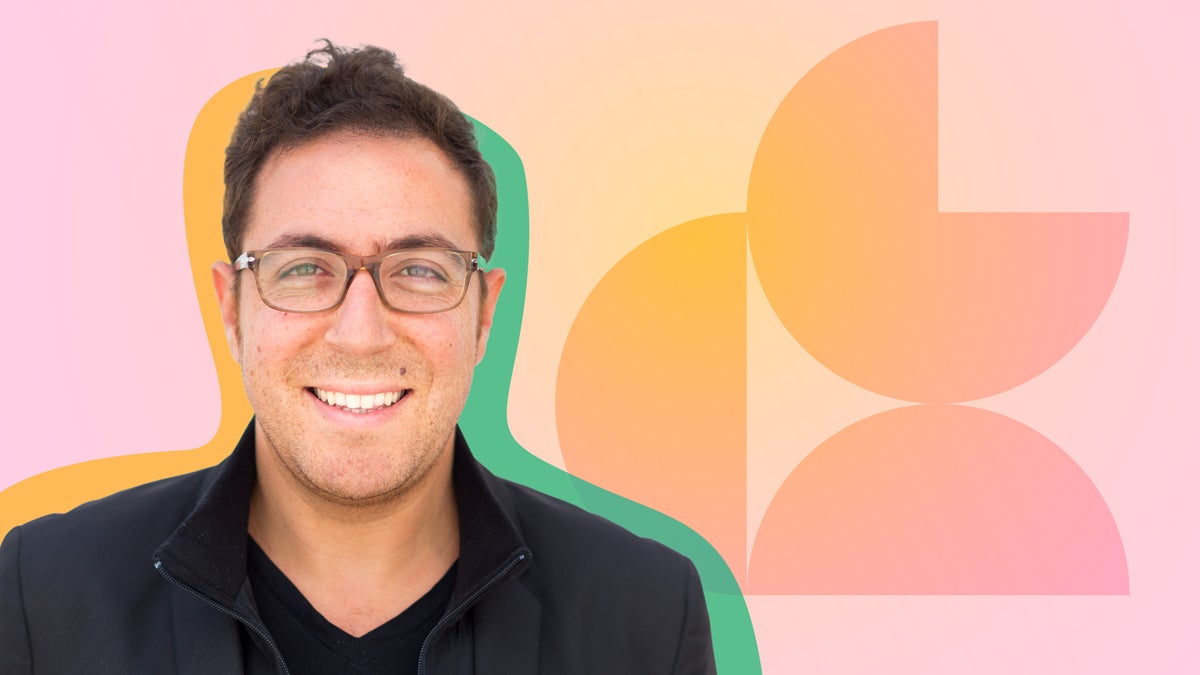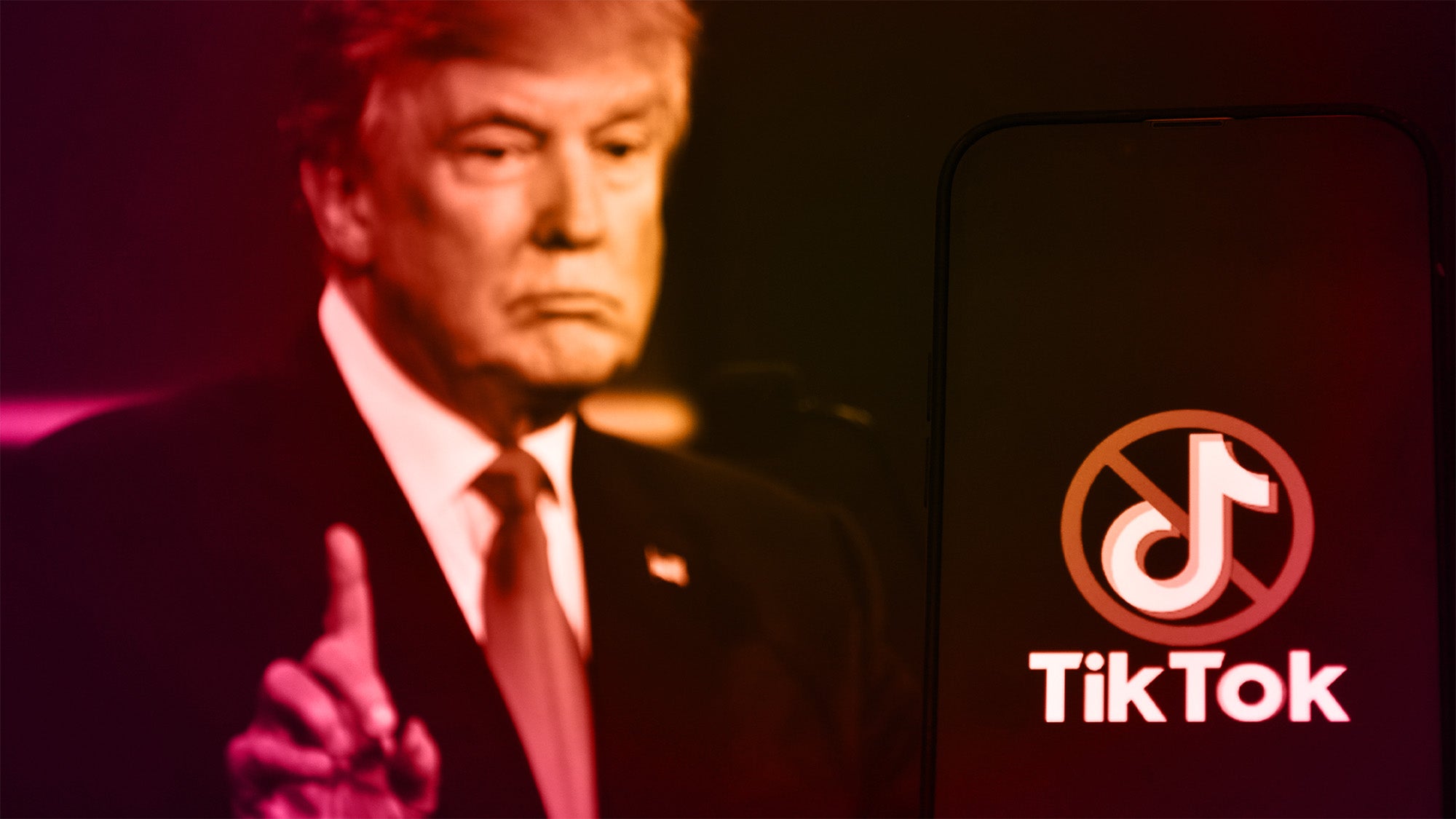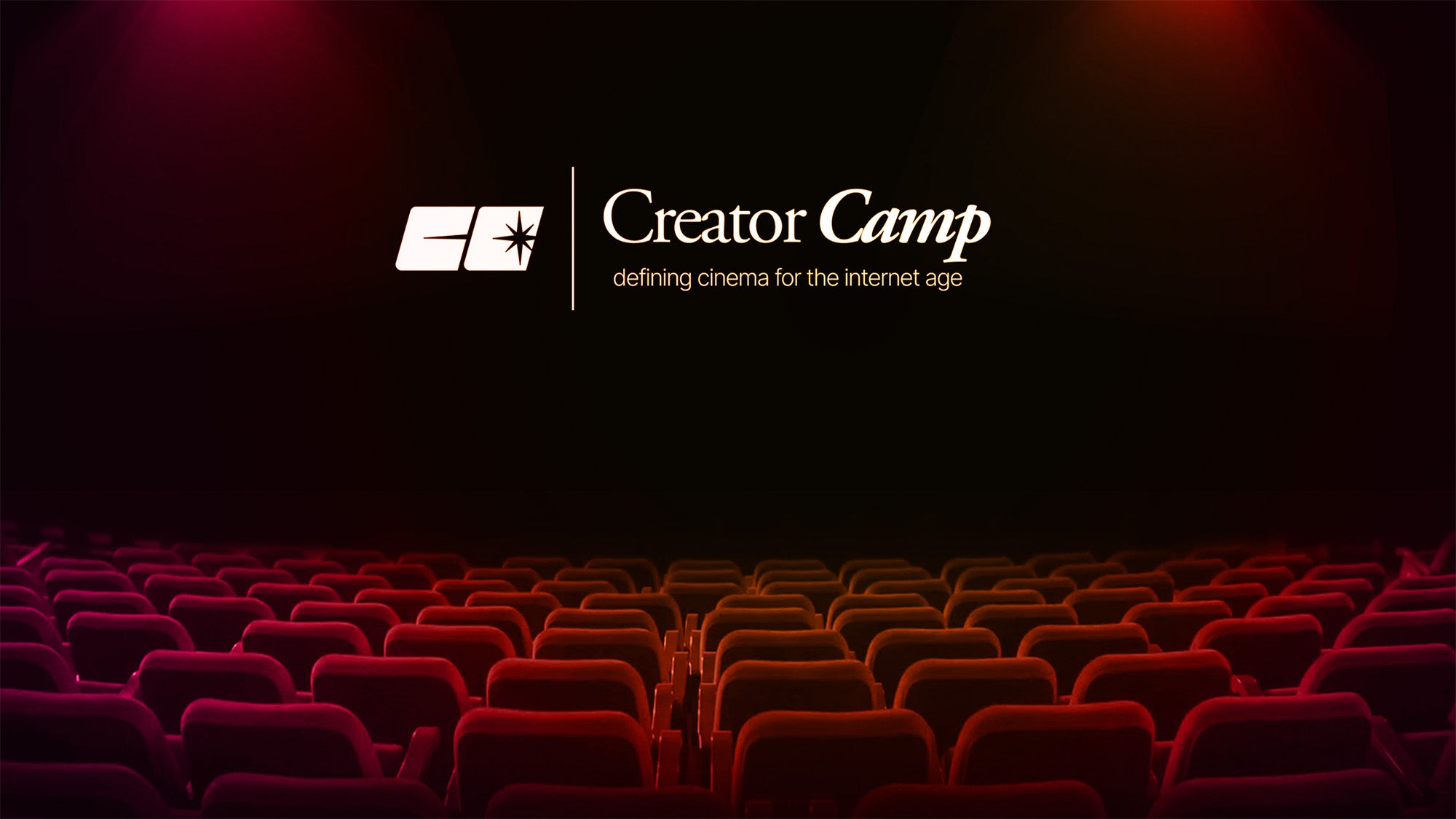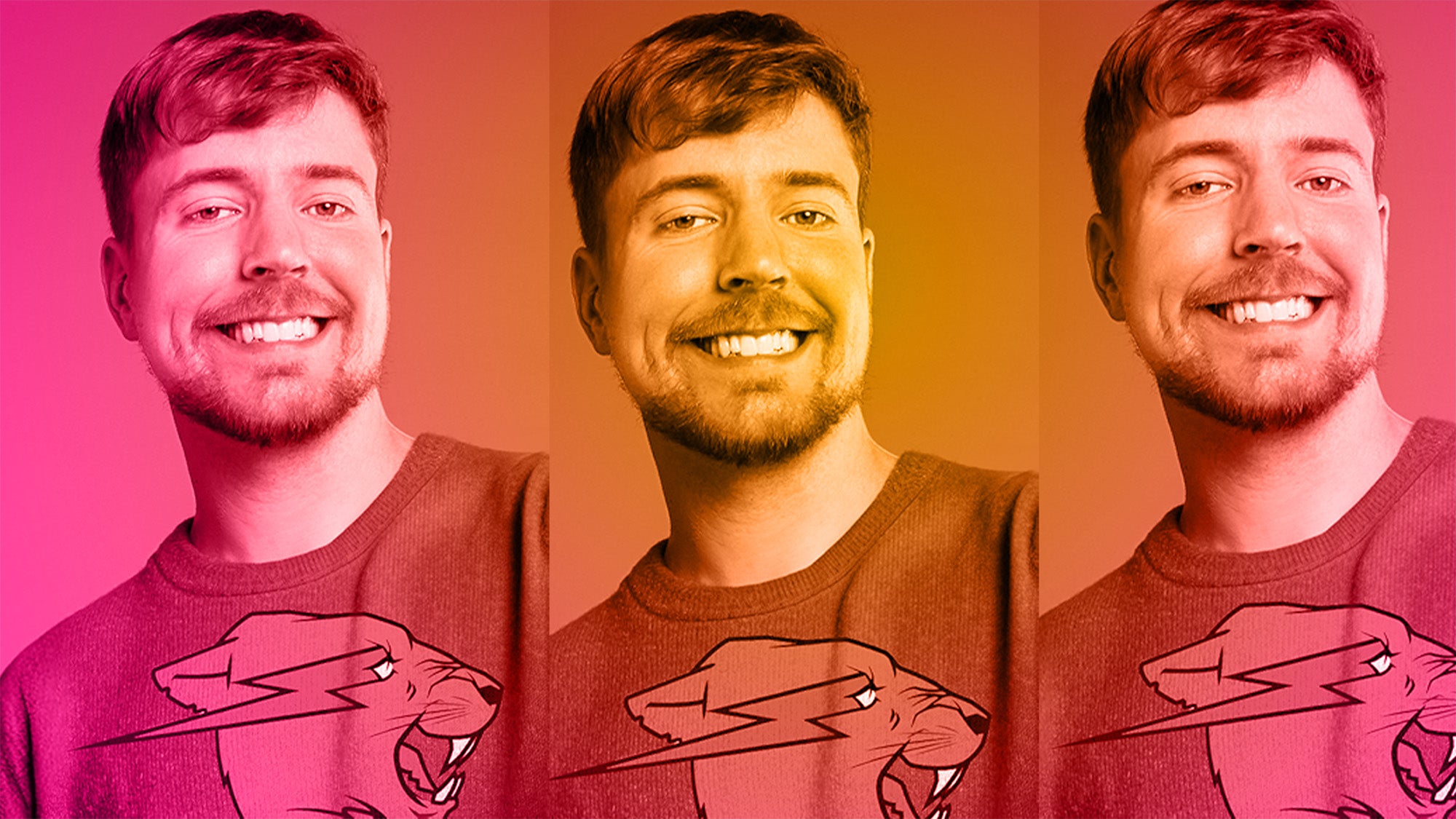
Earlier this month, the Creators Guild of America (CGA) released its historic Rider — the first legal document laying tangible rights for content creators. The Rider establishes key protections such as a maximum payment window, greater creator ownership, mandatory content attribution, and the necessity for brands to secure creator consent before AI training use. Eleven leading creator organizations, including Linktree and Triller, have already signaled their support for the Rider.
The CGA was founded by five-time founder and entrepreneur Daniel Abas. After getting his start in PR, licensing, coding, and arbitrations, Abas went on to found companies spanning all across the creative and tech industries, including advertising company Mosaic, and influencer marketing platform GHOST.
“I think that there’s such a freedom in entrepreneurship,” he tells Passionfruit. “There’s a better quality of life with entrepreneurship. It’s not for everybody, but creativity is entrepreneurship.” But what is the CGA, and how is it helping all these budding entrepreneurs? We spoke with Abas to break it all down.
How would you describe the mission and core values of the CGA?
We are in a state of the world where creativity is ultimately what’s going to keep us and make us human. And the Creators Guild of America is really intent on education, protection, advocacy, and it’s the right time and place in the world for it to exist, to really support the creator economy and to help the next generation of our greatest entrepreneurs. And that’s really what’s the impetus for me, is looking at creativity as the next generation of entrepreneurship.
What’s the biggest misconception people have about the CGA?
The Creators Guild of America is a non-profit. This is an organization that has been successful at attracting a diverse set of voices from the creator economy, because the creator economy isn’t one thing; it’s a multitude of things. And the misconception is that we’re just about influencers, or the misconception is that we’re trying to monetize this organization. The misconception is that we’re a union. The misconception is that many of the failed attempts previously, I think, create an unfortunate reclusion of our potential, because ultimately, this organization is here for a good reason. This organization is here because we believe that creators are important in the world and that they’re more than a marketing category.
What are the most urgent issues creators are facing today?
I think creators are currently looked at as nothing more than a marketing expense. We sort of belong to this marketing department. ‘Let’s amplify, let’s grow our social following. Let’s, let’s leverage the audience of somebody else to help our brand thrive and grow.’ And I think by the very nature of looking at a creative person or a creator as merely a marketing expense, they’re dispensable. They’re not treated as a small business or other profession or professional.
As a result of that, there are a multitude of issues that creators face. You aren’t treated as a professional, then all of a sudden, all of these special circumstances appear: getting paid later, not getting responded to in time, not having access to your own data or analytics, and not being able to own your own content. So the challenges creators face are fragmented, but they all stem from one issue, which is that they’re not treated as professionals and they’re not recognized as professionals.
How is the CGA addressing these issues?
The very first thing is, why do we exist? And we exist because, as I’ve mentioned, creativity is the next form of entrepreneurship. That’s really what we’re championing. Well, the next layer is, if we know our why, who are we?You’ll notice our board, for example, is not composed of just creator spaces, but mental health doctors and production people, and we’re adding three more board members this year.
So, who should become a member? We have three categories: we have the media category, predominantly people in front of the camera, including podcasts, etc, people who are, let’s call it, utilizing legacy language, performing, right? But we also recognize marketers. And lastly, we have makers. Makers are people who build the train tracks that the trains right on top of. We are founders. We are producers. We are people who make things real. We’re all part of the creative economy.
How do we do this? We’ve done two things that I’m very proud of. The first one actually is called accreditation. Accreditation is essentially creating rules around what is considered professional work. What’s considered professional work? What’s the threshold? It’s certainly not only follower count.
A creator is anyone who monetizes their creativity – and this definition will evolve as the technology, culture, and tools around us continue to adapt.
How do you unite such a diverse group of creators from across platforms and industries?
I think the definition of a creator is where we start. One may argue that a creator is someone dancing in front of a camera on TikTok, and that’s true. But we’ve also defined the word creator, and we’ve widened the definition to include other artistic and other creative merits, photographer, designer, producer, developer, podcaster, and brand strategist. We will have to focus our energy and creating solutions for each one of these unique sets. But they’re all creative and they’re all entrepreneurial, and those are north stars.
How do you respond to skepticism from creators and other figures in the creator economy?
In roughly a year and a half, we’ve put together some of the most prominent creative individuals, who are all here volunteering to really create an epicenter for the creator economy. That alone, I think, is proof that people want this to exist.
What has been the biggest challenge in leading the CGA?
It would be so clear to find a button of the creator economy and to press it. But the creator economy isn’t one thing. It’s more like 273 things. It is AI. It is photography. It is name, image, likeness. It is legal. You can’t only know one part. The creator economy is like a Swiss Army knife: you have to learn that part and that part. So the difficulty in creating the organization is in the very vast spectrum of everything that it touches, because to be successful, or at least to be successful at being eloquent enough to talk about it and guide it, you have to speak a multitude of languages.
Where do you see the creator economy in five years from now?
I’m giving you very long answers, so I’m going to give you the shortest one. You ready? Small businesses.
What’s one thing you want creators to understand about their rights?
Content is commerce. Like the content, the long-tail [value] is an asset, and creators have to appreciate the work they’re creating. They should own it, because the long-tail value of human content, I think, will increase like real estate. Because human content will become more scarce as the world of AI enters the space. It’s really around [creators] understanding the value of their content and treating it like an asset.




